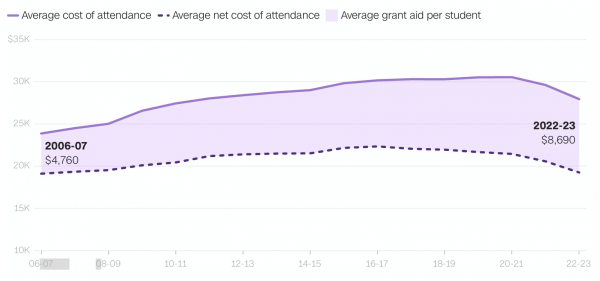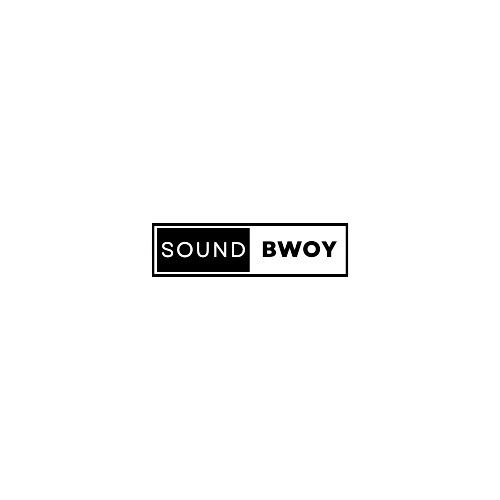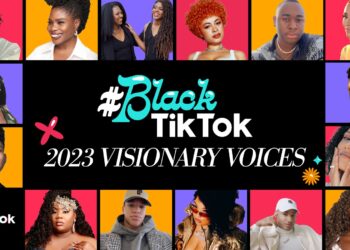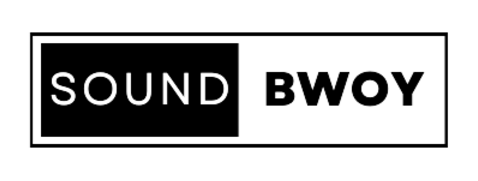Student loan borrowers enter the new year with uncertainty. President Joe Biden’s game-changing student loan forgiveness plan is in the hands of the Supreme Court. The pandemic-related moratorium on student loan payments remains in effect, but the restart date depends on when the Supreme Court rules on the forgiveness program — which could come by the end of summer at the latest.
The current public service loan forgiveness program that helps government and nonprofit workers will undergo major changes in July. A new income-driven repayment plan is being developed that could lower repayments for certain federal student loan borrowers.
In late February, the Supreme Court will hear arguments in two cases over Biden’s student loan forgiveness program, which provides up to $20,000 in debt relief to millions of low- and middle-income borrowers. A decision on adoption of the scheme is expected to be made in June, but it remains on hold and no debt will be forgiven under the scheme.
Biden announced his student loan forgiveness plan in August. By the time a federal district court judge struck down the plan on Nov. 10, the Department of Education had received about 26 million applications for debt relief.

Lawyers for the Biden administration said Congress has given the secretary of education “broad authority to alleviate hardship that federal student loan recipients may experience as a result of national emergencies,” such as the Covid-19 pandemic, according to a Department of Education memo. justice. Litigants, however, argue that the Biden administration has overstepped its powers. Recent Supreme Court rulings have ruled against aggressive agency action.
Pandemic-related loan payment pauses were strong for the third year in a row. Although the fees were previously set to resume in January, the Biden administration extended the pause after a federal court halted its student loan forgiveness program. Debt relief would be granted before payments restarted, officials told borrowers.
The suspension of payments will now last until 60 days after the settlement of the lawsuit over the Biden student loan forgiveness program. If the plan has not been implemented and the lawsuit is not resolved by June 30, payments will resume after 60 days. Borrowers’ balances have been effectively frozen since March 2020, and since then interest accruals have stopped and collections on defaulted debts have been put on hold.

These benefits help borrowers to varying degrees. The government has paid $155 billion for the year-long moratorium through the end of 2022.
The Public Service Loan Forgiveness Program allows certain government and nonprofit employees to seek federal student loan forgiveness after making qualifying payments for 10 years. However, the one-year waiver that expanded eligibility for the PSLF program expired on October 31. Under the new rules, borrowers can access PSLF credit through deferred payment, installment payment or one-off payment. The previous authority only counted as eligible payments if paid in full within 15 days of the due date. Specific periods of deferment, such as cancer treatment, military service, financial hardship, and time served in the AmeriCorps and National Guard, count toward PSLF. In addition, the new rules will take into account the new standard full-time employee working week of 30 hours.
Changes to Biden’s plan could affect the roughly 8 million people currently enrolled in income-driven repayment plans and open up the program to more borrowers. This will reduce the monthly debt load and the total amount the borrower pays over the life of the loan.
Those who racked up federal student loan debt during their undergraduate studies can look forward to the new rules capping payments at 5 percent of a borrower’s disposable income, down from the 10 percent currently offered by most income-driven plans. Under the proposal, single borrowers making less than $30,600 a year would not have to make any payments, up from the current threshold of $24,000.








![source |[WATCH] Joe Budden and NORE slam rappers who fail on podcasts](https://soundbwoy.fr/wp-content/uploads/2023/02/Screen-Shot-2023-02-04-at-10.03.59-AM-350x250.png)















Discussion about this post